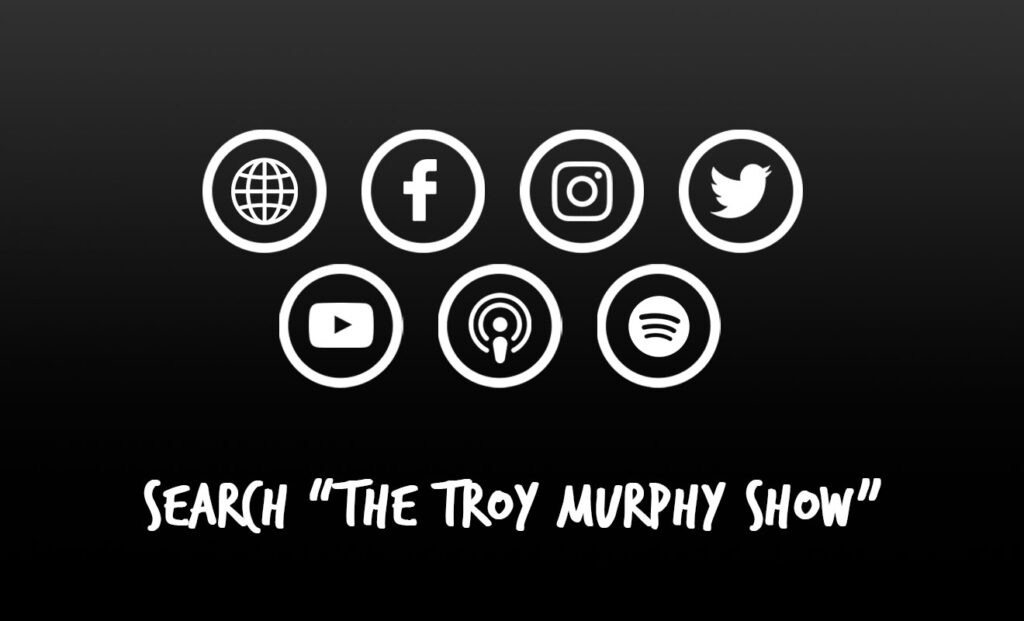
PODCAST
Explained: What does the Indigenous Australians Treaty mean?

Introduction
The Indigenous Australians Treaty is an important and ongoing dialogue in Australia, focused on establishing a formal agreement between the Australian government and Indigenous Australians. This treaty seeks to recognize and address historical injustices faced by Aboriginal and Torres Strait Islander peoples. To comprehend the significance of this treaty, it’s essential to explore its historical context, objectives, criticisms, and its potential implications.
Historical Background
Australia’s history with its Indigenous peoples is unique. Unlike many other colonized nations, Australia never formally signed treaties with Indigenous communities during the early stages of colonization. When the British arrived, they declared the land “terra nullius,” meaning land belonging to no one. This denial of the existence of Aboriginal nations ignored the fact that Indigenous people had been living on the continent for tens of thousands of years.
The Need for a Treaty
Calls for a treaty challenge this historical denial and seek to recognize the sovereign rights of Aboriginal nations. A treaty would provide a framework for relationships, rights, and responsibilities between the Australian government and Indigenous communities, potentially allowing Aboriginal people more autonomy in their affairs.
Legal Implications
Modern treaty discussions operate under the framework of Australian law. While colonial-era treaties were international agreements between two sovereign entities, any treaty within Australia today would be domestic and subject to Australian legal jurisdiction. However, treaties could reshape how laws and policies affecting Indigenous people are crafted and implemented.
Examples
The Noongar Settlement has been cited as “Australia’s First Treaty,” setting a potential precedent for future agreements. This agreement was a significant move towards recognizing the rights of Indigenous peoples within a legal framework.
Challenges
One major challenge in the treaty-making process is ensuring that it aligns with Australia’s existing public legal frameworks. The lack of past treaties means that there isn’t a precedent for this process within the country, making the path forward complex.
Objectives of a Treaty
A treaty with Australian Indigenous peoples would represent a formalized agreement recognizing their unique status, rights, and relationship with the land. While the specifics of a treaty can vary and would result from negotiations, potential implications might include:
- Recognition of Sovereignty: The treaty would acknowledge the Indigenous peoples as the first and sovereign inhabitants of Australia.
- Land Rights and Ownership: Provisions might be included for returning privately owned lands for the benefit of Indigenous communities or converting certain Crown lands to Indigenous ownership or shared stewardship.
- Reparations and Compensation: Reparation mechanisms could be established, considering past grievances like the dispossession of lands or impacts of colonization.
- Native Title Agreements: The treaty might reference or build upon existing native title agreements.
- Cultural and Historical Preservation: Measures to protect and promote Indigenous cultures, languages, and heritage sites could be integral parts of the treaty.
- Self-Determination: The treaty might emphasize the principle of self-determination, allowing Indigenous communities more autonomy in decision-making and control over their lives and communities.
- Constitutional Recognition: A treaty could pave the way for changes to Australia’s constitution to recognize the unique place of Aboriginal and Torres Strait Islander peoples.
Criticisms and Challenges
- Oversimplification of History: Critics argue that the term “stolen” oversimplifies Australia’s history, not taking into account the complexities of colonization and the various interactions between settlers and Indigenous populations.
- Tangible Benefits: Some question whether a treaty, while symbolically important, might not provide tangible benefits or improvements in the daily lives of Indigenous Australians.
- Media Representation: There’s a perception that the media might not always adequately represent or support Aboriginal political aspirations, potentially influencing public opinion.
- Division: Concerns exist that treaties might create division, potentially leading to a ‘nation within a nation’ concept.
- Sovereignty Enhancement: Recognizing Aboriginal sovereignty might enhance Australia’s sovereign status rather than diminish it.
Comparative Examples
Comparing Australia’s situation to other countries:
New Zealand: The Treaty of Waitangi, signed in 1840 between the British Crown and Māori chiefs, is a foundational document for New Zealand. While it has played a crucial role in recognizing Māori rights and fostering a partnership between the Māori and the Crown, it has also led to disputes and challenges.
Canada: Canada has multiple treaties with its Indigenous peoples, known as the Numbered Treaties, and has established Modern Treaties and comprehensive land claim agreements. These agreements aim to recognize Indigenous rights to land and resources but continue to face challenges related to land rights, resource management, and self-governance.
Conclusion
In conclusion, the Indigenous Australians Treaty represents a critical step towards reconciliation, recognition, and rectifying historical injustices. While the path forward is complex, the commitment to careful negotiation, respect for Indigenous sovereignty, and the desire to create a more inclusive national identity are essential in shaping the future of this important dialogue in Australia.
🌐 Sources
wikipedia.org – Indigenous treaties in Australia
atns.net.au – Treaties with Indigenous Peoples
theguardian.com – What is an Indigenous treaty and how would it work in Australia
antar.org.au – Treaty in WA Factsheet | ANTAR
uts.edu.au – What actually is a treaty? What could it mean for Indigenous people
aph.gov.au – Aboriginal and Torres Strait Islander treaties, constitutional and legal recognition and representation in Australia: a chronology
aph.gov.au – Uluru Statement: a quick guide
law.unimelb.edu.au – TREATY-MAKING IN THE AUSTRALIAN FEDERATION
auspublaw.org – Australia’s First Treaty — Australian Public Law
creativespirits.info – What is a treaty? Why is it necessary?
aiatsis.gov.au – Land rights
humanrights.gov.au – Recognising Aboriginal sovereignty
theguardian.com – What is an Indigenous treaty
humanrights.gov.au – Reparations and the Waitangi Tribunal
aph.gov.au – Compensation payments to Indigenous Australians
ohchr.org – Study on Recognition, Reparations and Reconciliation
law.unimelb.edu.au – TREATY-MAKING IN THE AUSTRALIAN FEDERATION
aspistrategist.org.au – Australian government must negotiate a treaty
theconversation.com – What actually is a treaty?
deadlystory.com – Self-Determination and Treaty
law.unimelb.edu.au – A COMPARATIVE ANALYSIS OF CONSTITUTIONAL …
classic.austlii.edu.au – “The Noongar Settlement: Australia’s First Treaty” [2018] …
humanrights.gov.au – Recognising Aboriginal sovereignty – implications for the …
classic.austlii.edu.au – THE VALUE OF TREATY-MAKING WITH INDIGENOUS …
library.bsl.org.au – Could a Treaty make a Practical Difference in People’s …
ranzcp.org – Recognition of Aboriginal and Torres Strait Islander …
law.unimelb.edu.au – A COMPARATIVE ANALYSIS OF CONSTITUTIONAL …
pc.gov.au – Reflections on the Canadian experience in Indigenous
humanrights.gov.au – Native Title Report 2003 : Chapter 4 …
aph.gov.au – WHAT CAN WE LEARN FROM NEW ZEALAND
austlii.edu.au – THE VALUE OF TREATY-MAKING WITH INDIGENOUS …
aihw.gov.au – Engaging with Indigenous Australia—exploring the …
equityhealthj.biomedcentral.com – Strategies to support culturally safe health and wellbeing …
dsdsatsip.qld.gov.au – Report from the Treaty Working Group on Queensland’s
aboriginalaffairs.nsw.gov.au – Evaluation theories and approaches – relevance for Aboriginal …
ncbi.nlm.nih.gov – Measuring What Counts to Advance Indigenous Self …
aph.gov.au – WHAT CAN WE LEARN FROM NEW ZEALAND
atns.net.au – Treaties with Indigenous Peoples
theguardian.com – What is an Indigenous treaty and how would it work in …
onlinelibrary.wiley.com – self-determination and indigenous peoples in comparative …
papers.ssrn.com – Modern Treaty Making and the Limits of the Law






0 comments